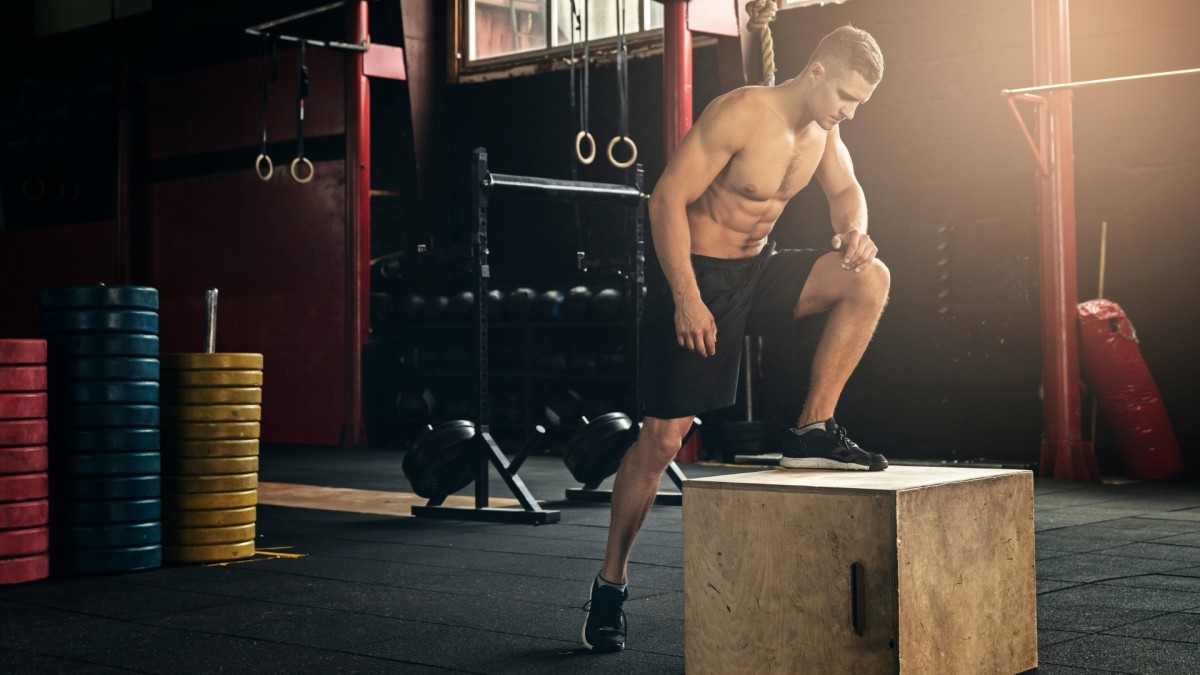This Overlooked Plyometric Supercharges Power and Muscular Endurance Better Than Walking Lunges
Don't knock it 'til you try it.

Plyometrics are a common piece of the puzzle for athletes. But for most adults who go to a gym, they're often passed up in favor of compound exercises. Plyometrics, aka jump training, refer to exercises that focus on explosive movements to build power, endurance, and coordination.
Although there are a ton of plyos to choose from, one of our favorites for building lower-body strength and endurance is jumping lunges.
"Jumping lunges are a plyometric variation of traditional lunges that involve explosively jumping and switching leg positions mid-air before landing in a lunge position," says Charles Toliver, a certified personal trainer at Planet Fitness.
"Their purpose is to improve lower-body power, explosiveness, muscular endurance, and cardiovascular capacity while developing coordination, balance, and stability. They also significantly increase overall training intensity."
Jumping Lunges vs. Walking Lunges
Walking lunges are a personal trainer's favorite move for strengthening your legs while improving mobility and stability. And if you think these make one hell of a workout finisher, you have to try their jumping counterpart.
"Jumping lunges are more effective than traditional lunges because they create greater neuromuscular activation, requiring more stabilization and force absorption," says Toliver. "They also generate higher cardiovascular demand, simultaneously strengthening both muscular and aerobic endurance. Additionally, they improve deceleration mechanics, enhancing landing control and injury prevention."
Related: This Unexpected Sandbag Trick Can Build Total-Body Strength Better Than Traditional Weights
Muscles Worked
The muscles worked in jumping lunges are similar to that of the walking lunge. However, jumping lunges emphasize fast-twitch muscle fibers for explosive strength and improve speed and agility by training reactive strength.
"The primary muscles engaged during jumping lunges are the quadriceps (which push the body off the ground), glutes (which extend the body), hamstrings, calves, and core muscles (which provide stabilization)," Toliver says. "To activate these muscles more efficiently, implement specific warmup strategies like split squat holds and box jumps before attempting jumping lunges." Getty Images/O2O CREATIVE
How to Do Jumping Lunges
- Start with your feet together.
- Keeping your torso tall, step forward with your right leg and drop your hips so your right knee makes a 90-degree angle while your left knee hovers above the ground.
- Explode up, alternating legs in the air so that you land with your left leg forward.
- Repeat on the opposite leg for one rep.







































































